10 Countries Where American Tourists Face the Most Travel-Related Risk
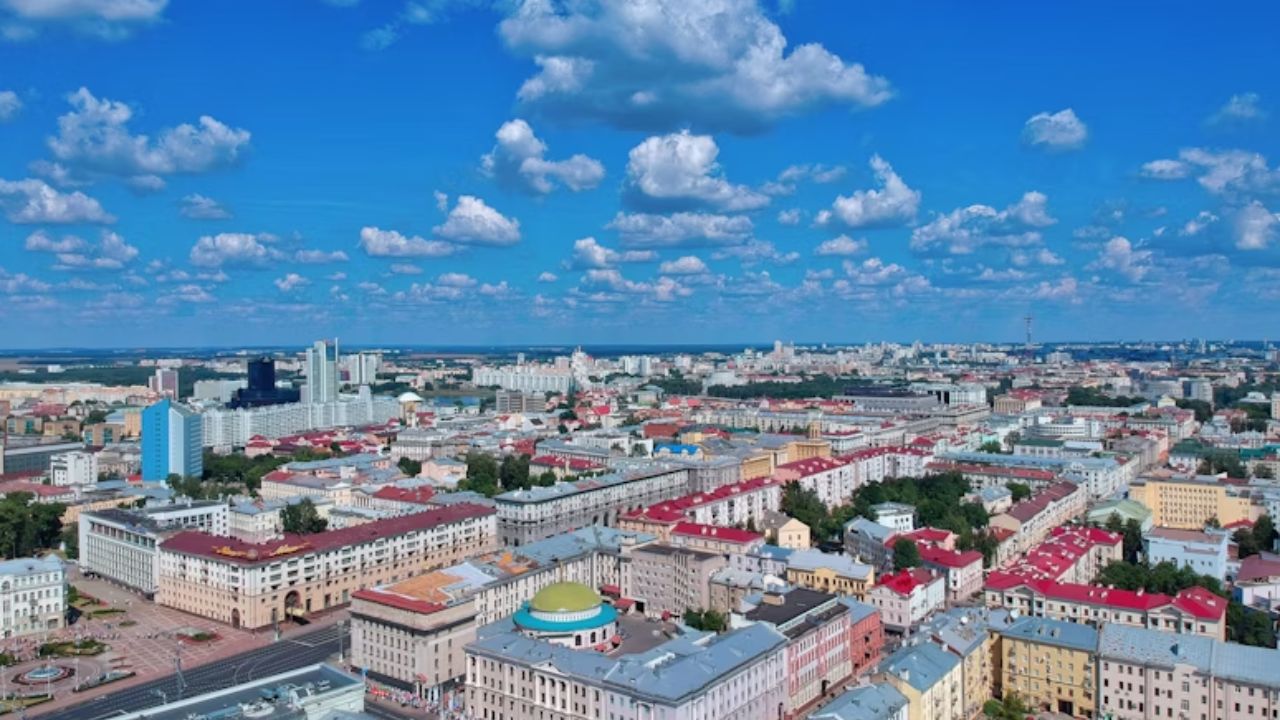
While millions of Americans travel abroad safely each year, certain countries pose significantly higher risks due to crime, political unrest, terrorism, or poor infrastructure. The U.S. Department of State regularly issues travel advisories to help citizens make informed decisions. This list highlights ten countries where American tourists are more likely to face travel-related dangers. From armed conflict to kidnapping risks, these destinations call for serious caution, or avoid them altogether until conditions improve.
Afghanistan
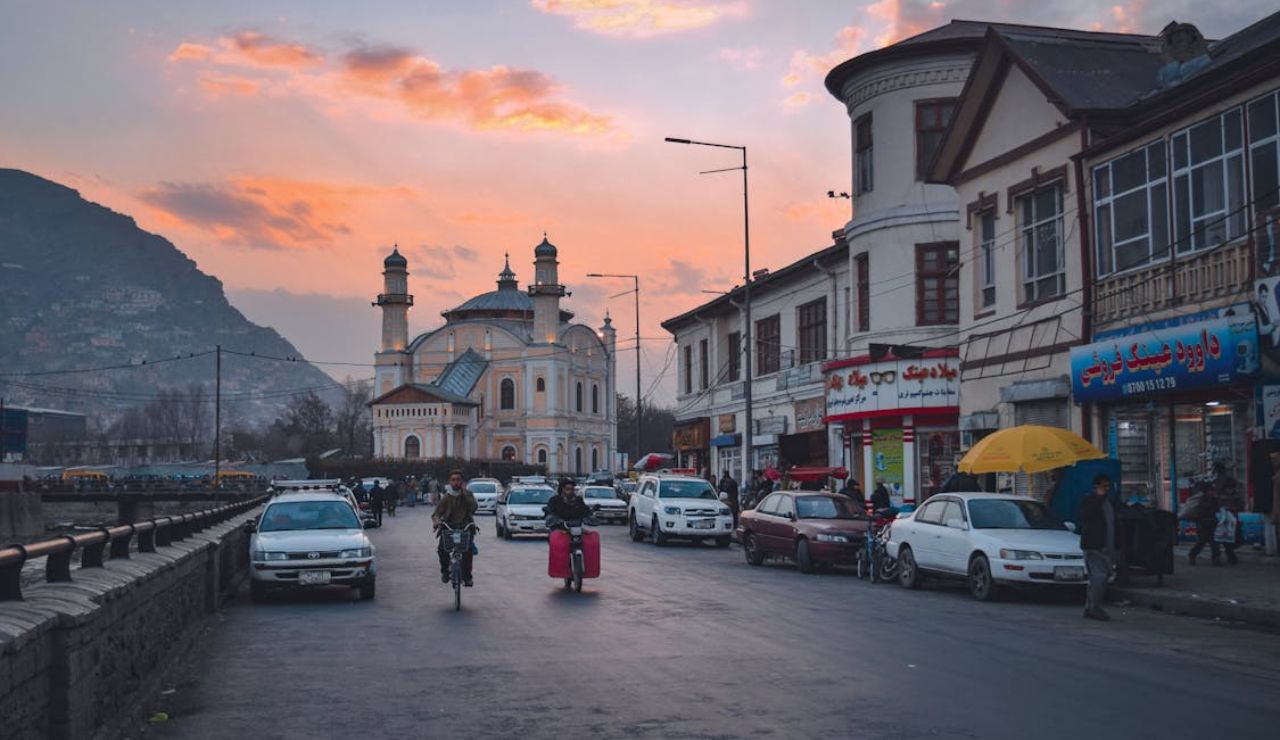
Afghanistan remains one of the most dangerous destinations for U.S. travelers due to ongoing armed conflict, terrorist attacks, and political instability. The U.S. government warns against all travel here, as embassy operations are limited and consular assistance is nearly impossible. Kidnappings, suicide bombings, and crossfire incidents are common. Infrastructure is severely damaged, and medical care is minimal. Travel here carries extreme risk and should be avoided under all circumstances.
Syria
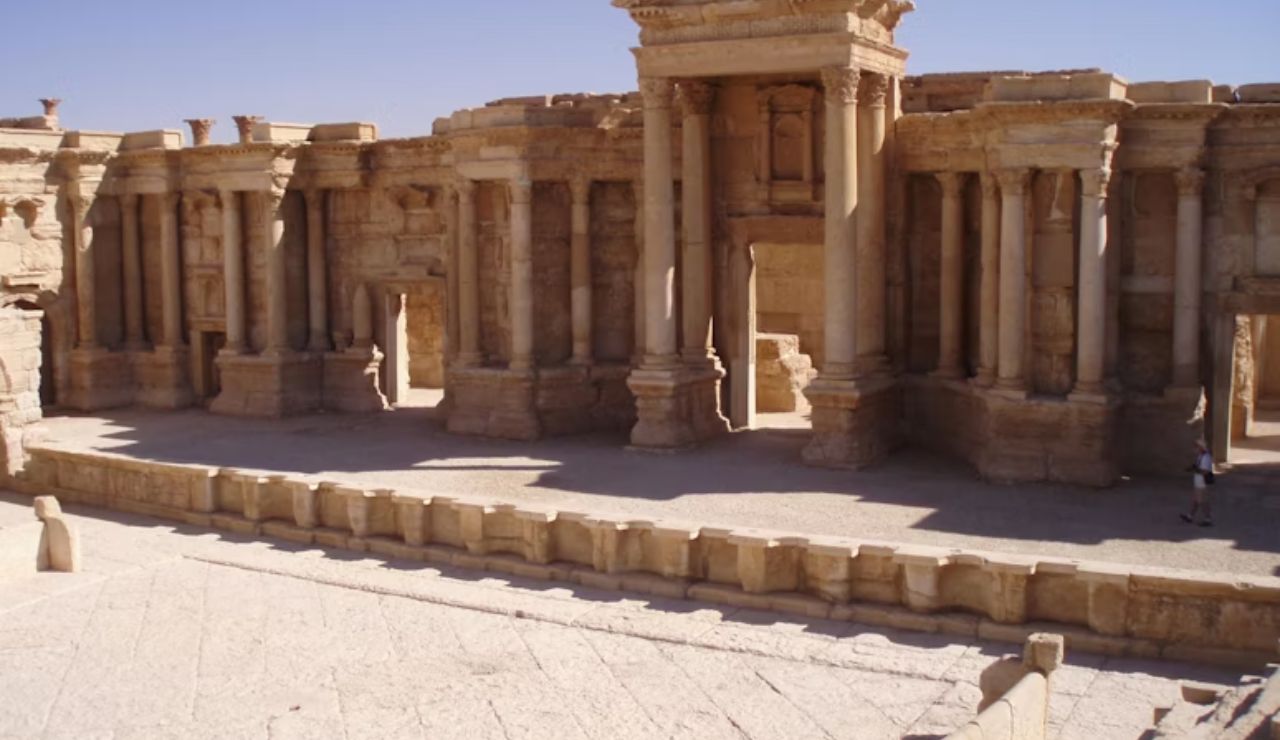
Syria has been engulfed in civil war for over a decade, with active military zones, airstrikes, and terrorist activity affecting nearly every region. The U.S. Embassy in Damascus suspended operations in 2012, leaving Americans without local consular support. Armed groups often target foreigners, and the risk of kidnapping or detainment is high. Infrastructure is unreliable, and travel restrictions are severe. Visiting Syria for tourism is not only discouraged, it’s considered extremely dangerous.
Yemen
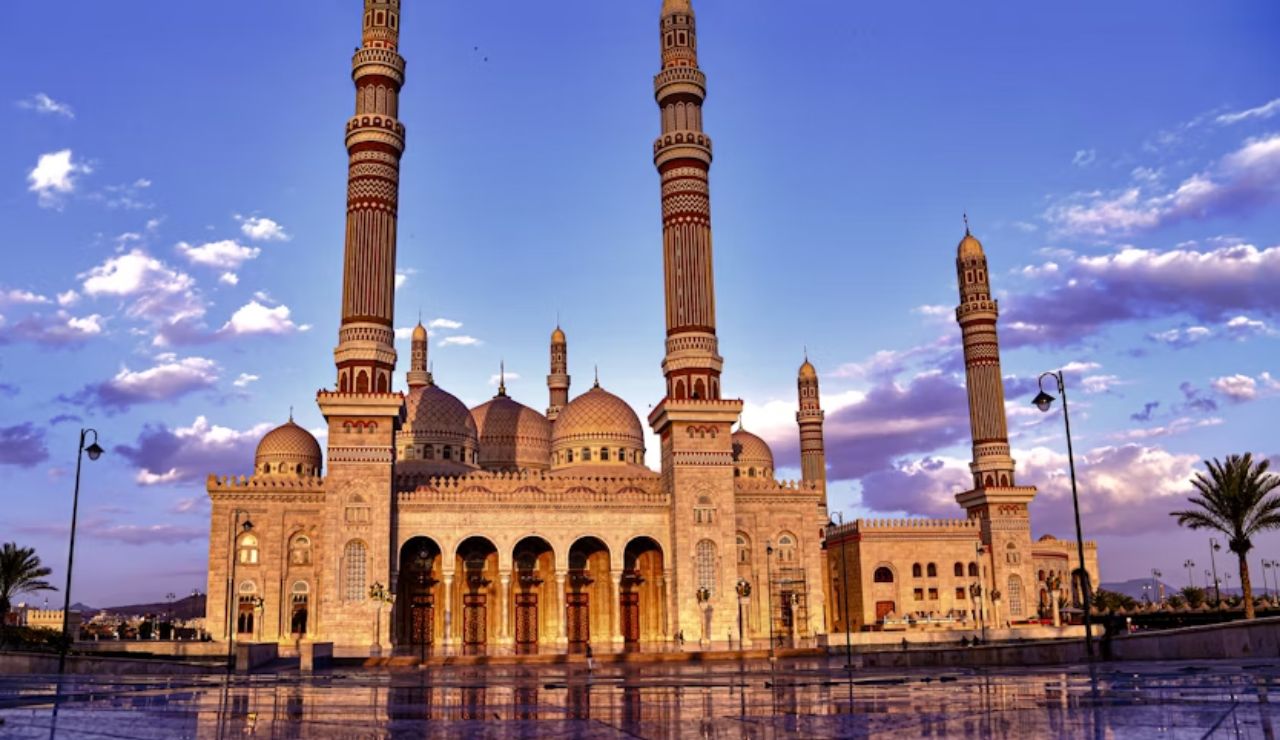
Yemen’s humanitarian crisis, ongoing civil war, and terrorism threats make it an extremely high-risk destination for travelers. The country suffers from severe shortages of food, fuel, and medical care. U.S. citizens have been victims of kidnappings and terrorist attacks. The U.S. Embassy in Sana’a suspended operations in 2015, leaving Americans with no official assistance. Armed conflict and airstrikes continue, making travel in Yemen life-threatening and strongly advised against.
Iraq
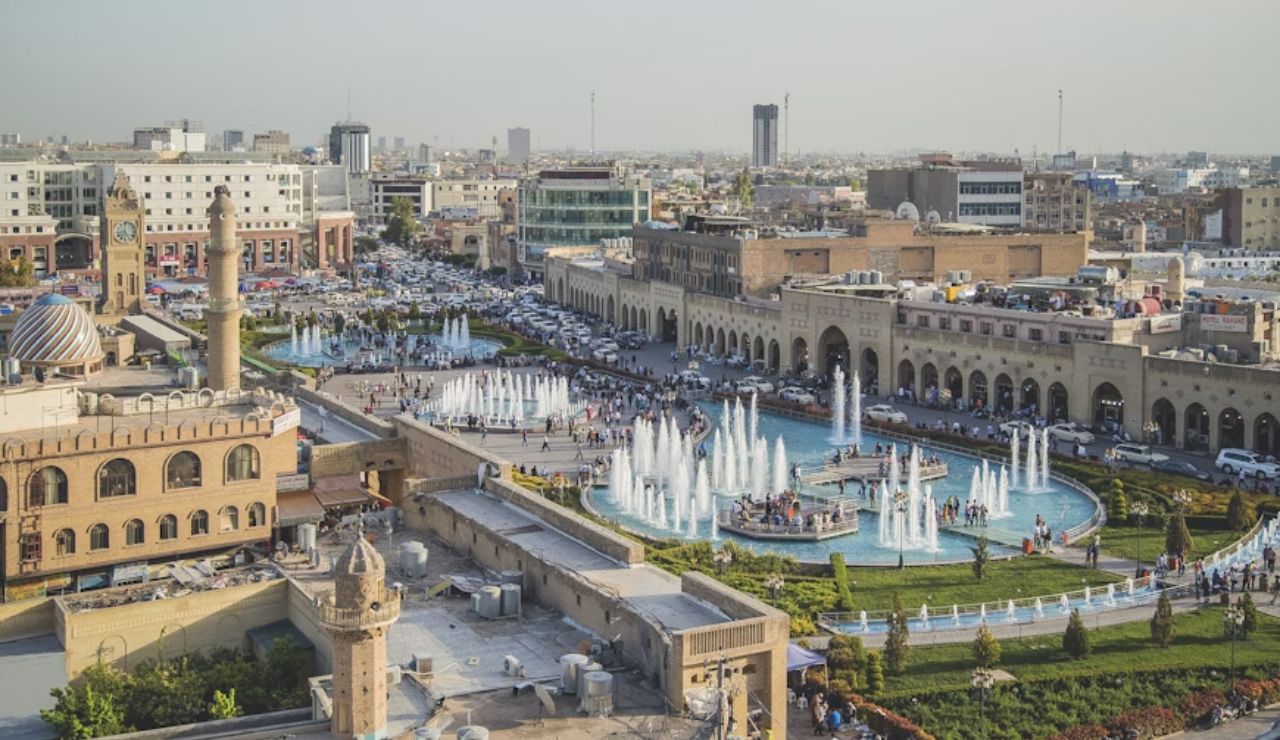
Despite efforts to rebuild, Iraq remains unstable due to regional conflict, political unrest, and high terrorism risk. Armed militias, protests, and targeted violence continue to affect major cities, including Baghdad. U.S. citizens are sometimes viewed as targets for kidnapping or extortion. The U.S. Embassy operates with restrictions, and consular help may be delayed. Travel here requires extreme caution and should be reserved for essential or official purposes only.
Libya
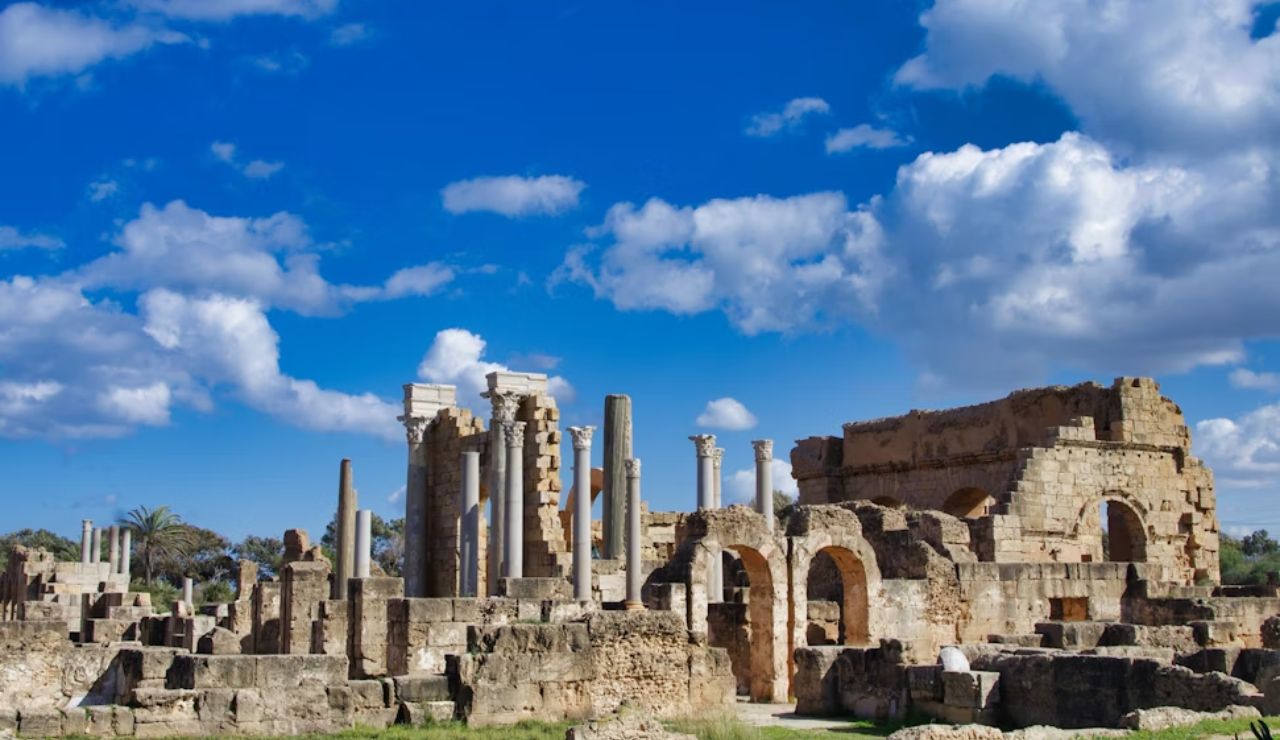
Since the fall of its government in 2011, Libya has been plagued by civil unrest and militant activity. The power vacuum has allowed extremist groups to thrive, and foreigners, including Americans, face threats of kidnapping, assault, and terrorist attacks. The U.S. Embassy in Tripoli suspended operations in 2014. Airports and border crossings may close without warning. Infrastructure is unreliable, and local law enforcement is weak. Libya remains off-limits for safe tourism.
Somalia
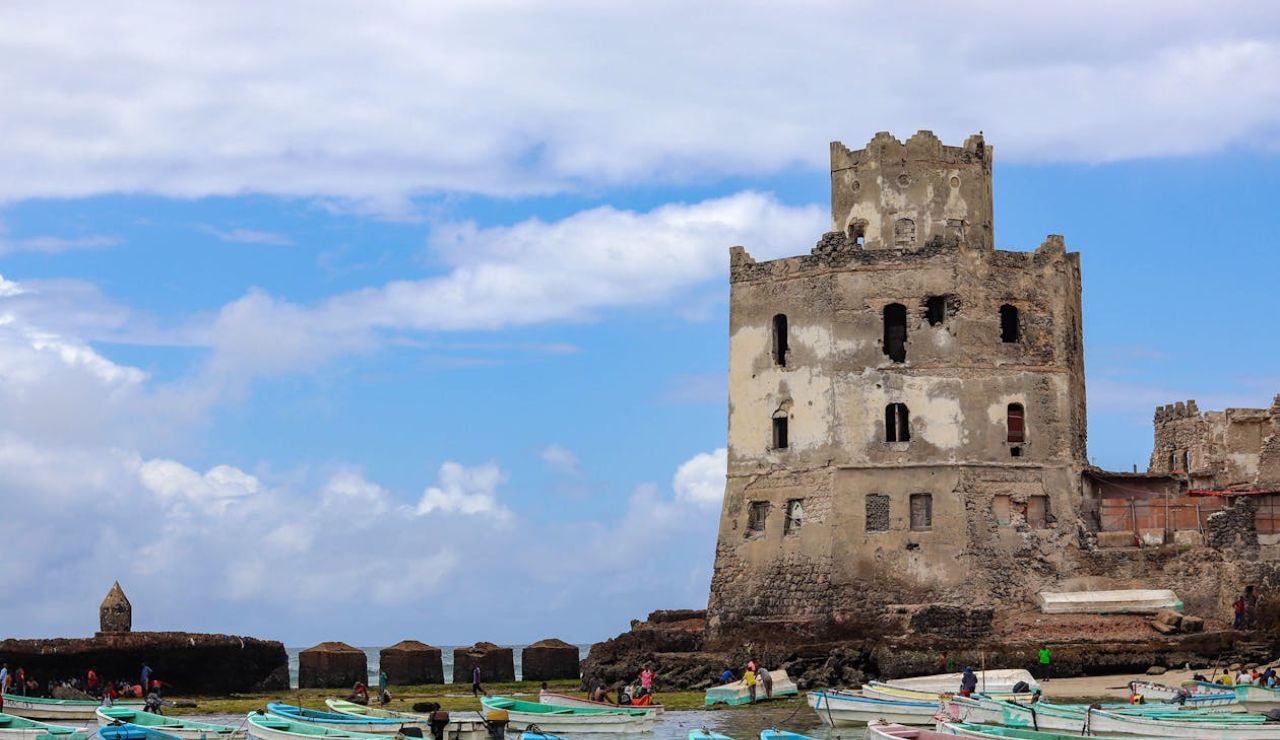
Somalia is synonymous with instability, and the threat to American travelers is exceptionally high. Terrorist organizations like Al-Shabaab frequently carry out attacks targeting civilians and government sites. Piracy off the coast adds maritime risk, and internal regions are often inaccessible. The government lacks control in many areas, and kidnappings are a persistent threat. The U.S. government strongly advises against travel, as rescue or evacuation is nearly impossible if trouble arises.
Venezuela
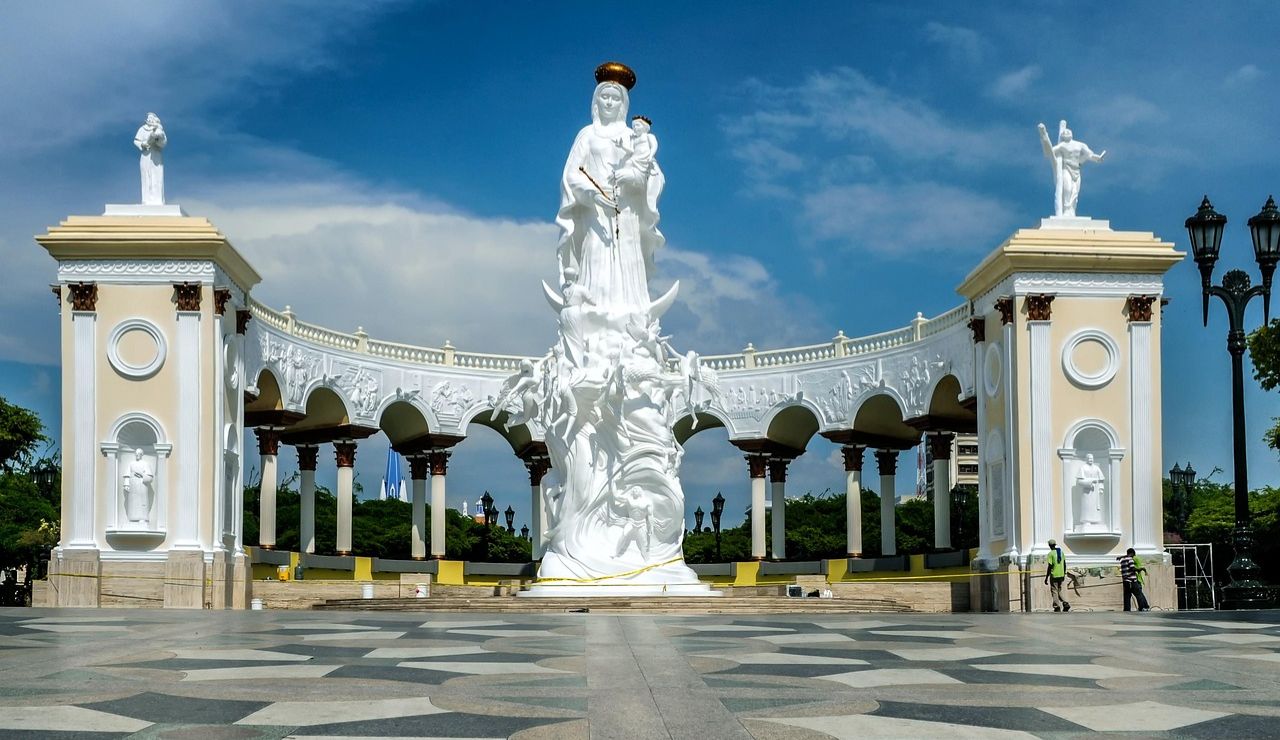
Political unrest, economic collapse, and rampant crime make Venezuela one of the riskiest places for U.S. tourists. Kidnappings, armed robbery, and violent protests are common, especially in Caracas and other major cities. The healthcare system is in crisis, and basic supplies like food, water, and medicine are scarce. The U.S. Embassy has limited capacity to assist citizens. Given the danger, most travelers are urged to postpone visits until stability improves.
Haiti
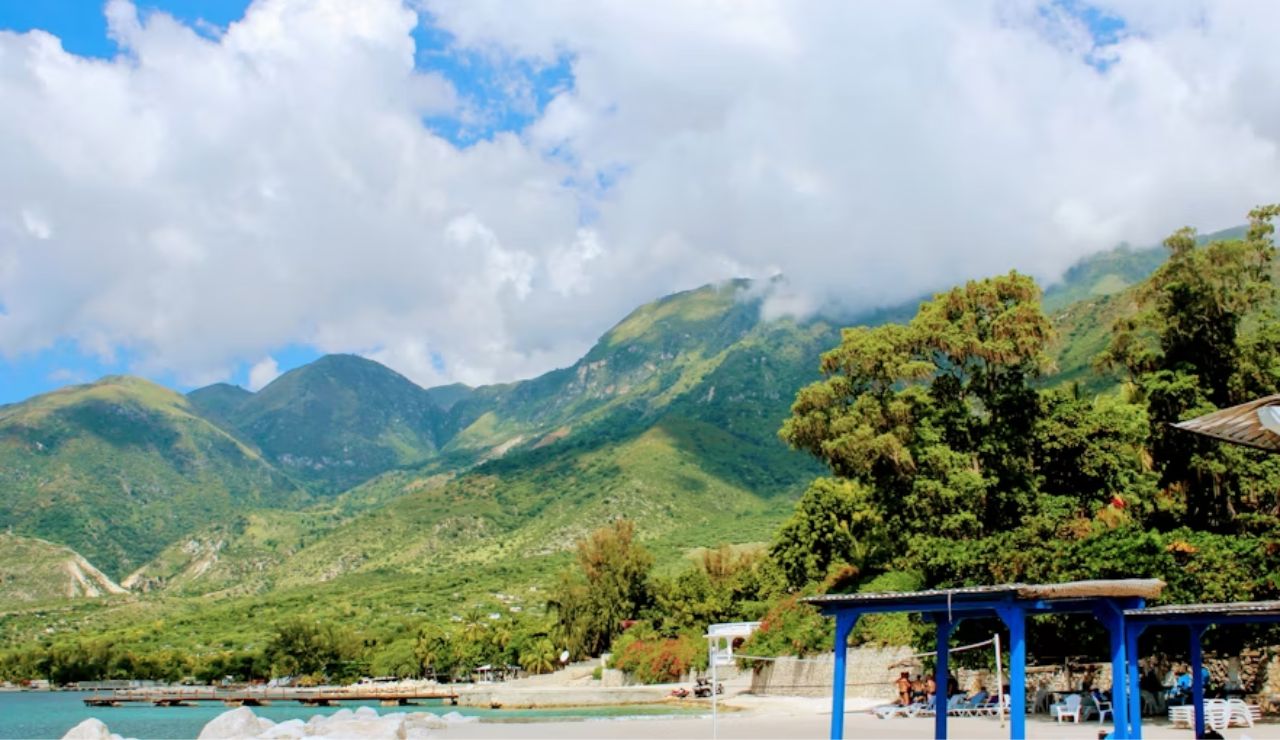
Haiti faces widespread gang violence, civil unrest, and political instability that can erupt without warning. Armed groups have taken control of large parts of Port-au-Prince, and violent crime, including kidnappings and carjackings, is frequent. Natural disasters such as earthquakes and hurricanes add to the travel challenges. The U.S. Embassy remains operational but often operates under security restrictions. Visitors are strongly advised to avoid non-essential travel to Haiti at this time.
North Korea
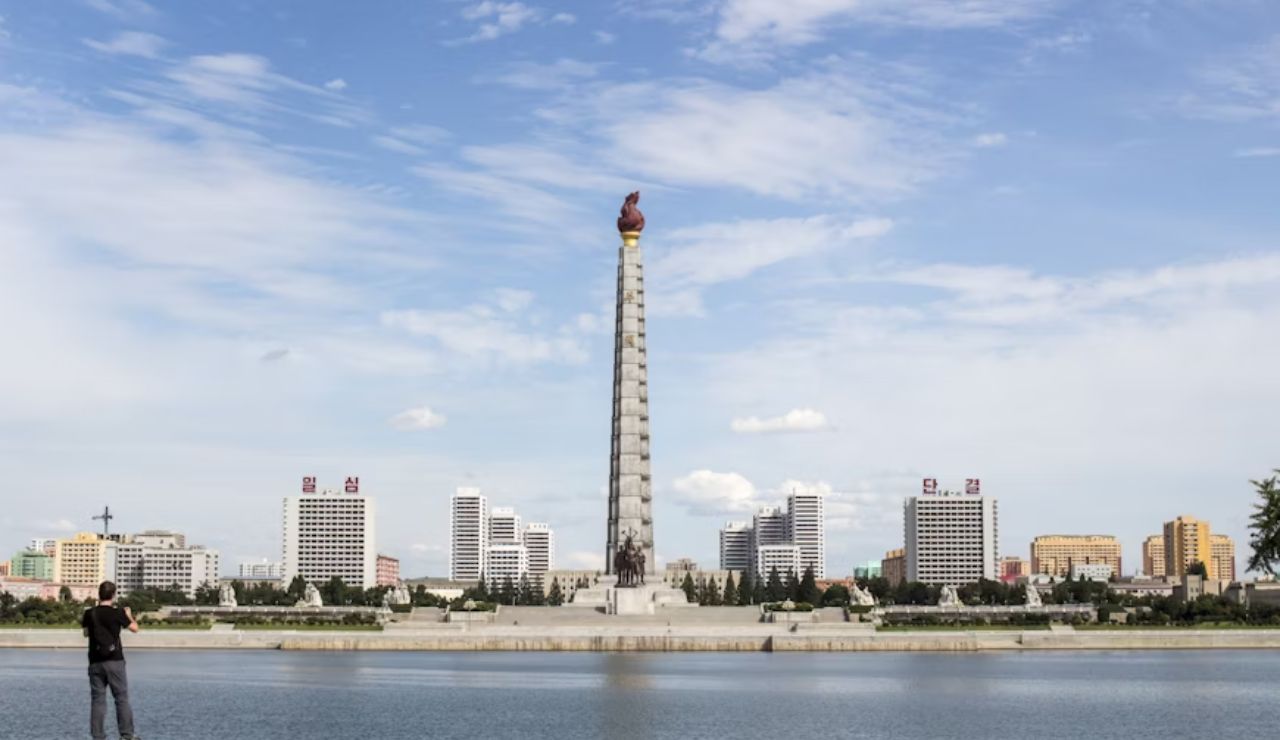
Travel to North Korea carries unique and severe risks. The U.S. government prohibits most travel to the country without special validation. American citizens have previously been detained for minor offenses and used as bargaining chips in diplomatic standoffs. Communication with the outside world is extremely limited, and travelers are constantly monitored. The political climate is tense, and legal protections for foreigners are virtually nonexistent. It is not a destination for casual tourism.
Mexico
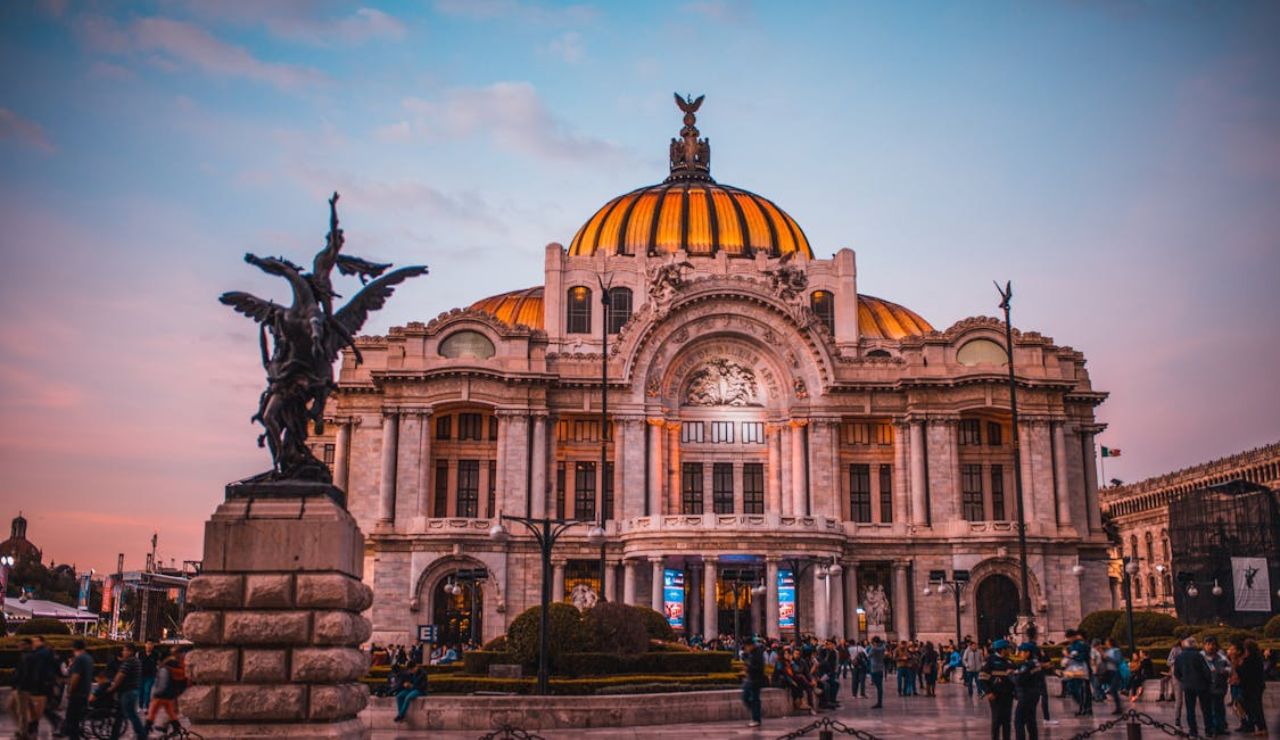
While millions of Americans visit Mexico safely each year, parts of the country remain dangerous due to cartel violence and crime. Travel advisories for Mexico vary by state—some areas like Colima, Guerrero, and Michoacán are under Level 4 (Do Not Travel) warnings, while others like Yucatán or Mexico City carry far lower risk. Even popular tourist zones can experience flare-ups. Travelers should consult the U.S. travel advisory map before booking and stick to recommended areas. Mexico isn’t off-limits, but it does require smart, region-specific planning to stay safe.